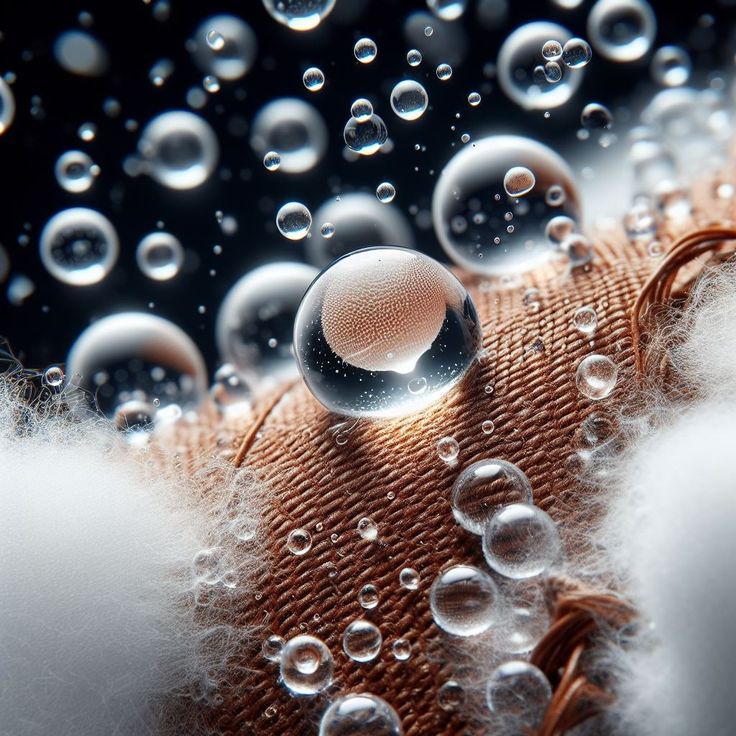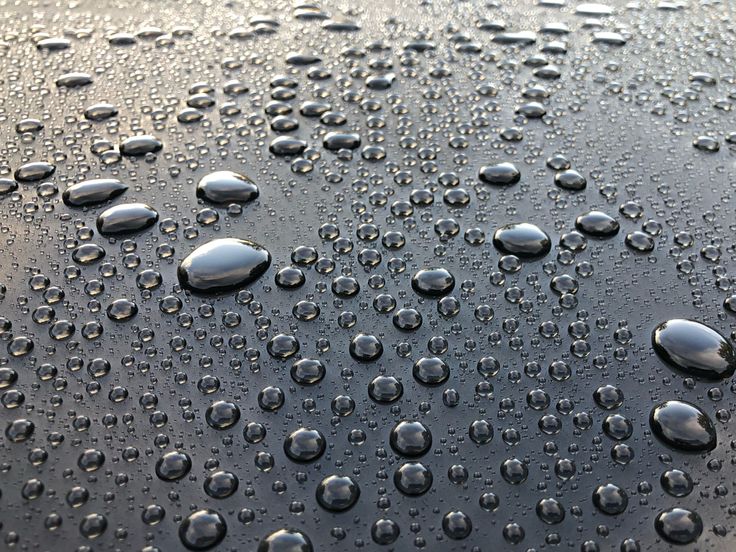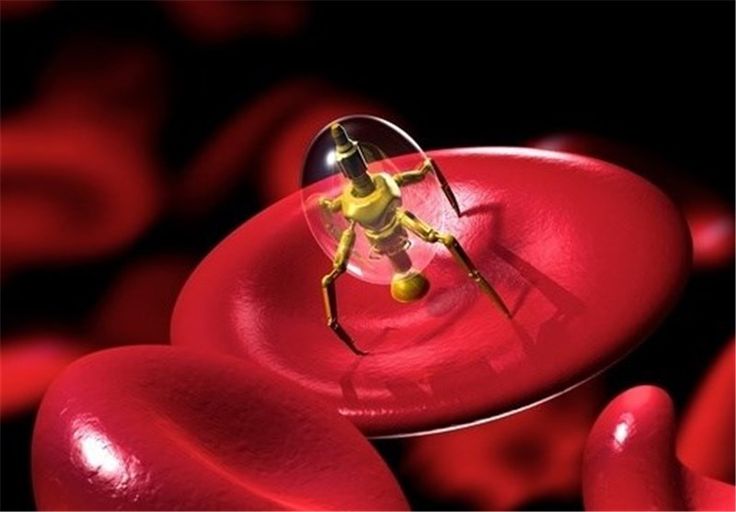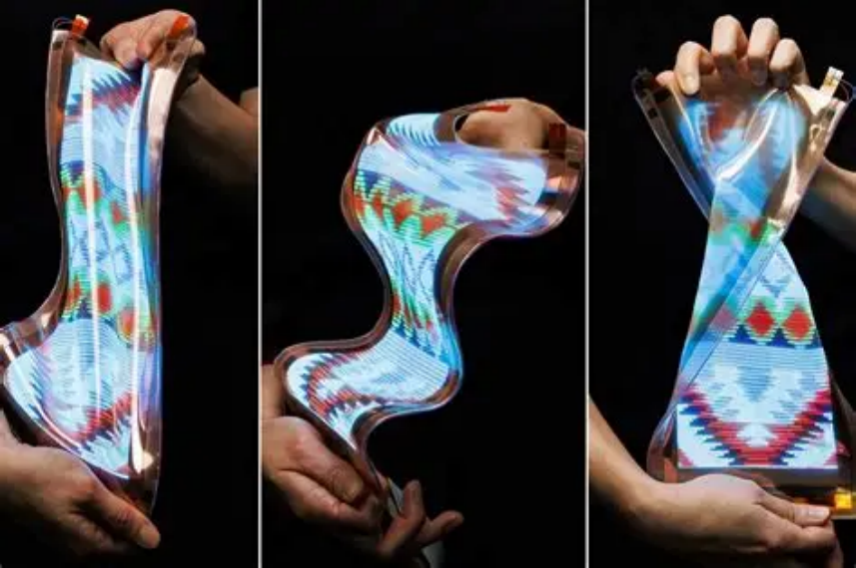The Extreme Protection Magic of Nanocoatings
In the scientific community, nanotechnology has always been a field brimming with imagination, and nanocoatings stand as one of its most dazzling stars. Though seemingly just an imperceptibly thin film to the naked eye, it acts as a guardian in extreme environments. Confronting extreme heat, freezing temperatures, radiation, corrosion, and intense pressure, nano-coating acts like invisible armor, transforming fragile materials into resilient, enduring structures.

Consider a drone operating in the desert. Under the scorching sun, ordinary materials quickly degrade from heat and sand. Yet a specialized nano-coating effectively blocks thermal stress and resists abrasion from fine particles. Consider a ship navigating the Arctic, where freezing temperatures and corrosive seawater threaten metal structures. A hull coated with nanotechnology significantly extends its service life. This remarkable cross-scenario application makes nanocoatings a treasure trove for engineers and scientists.
The secret lies in their ability to reshape surface properties. By adjusting material structures at the nanoscale, scientists can endow surfaces with unique functions—such as making metal surfaces water-repellent like lotus leaves or granting glass self-cleaning capabilities. More advanced designs enable coatings to actively adapt to environmental changes: becoming more stable at high temperatures or rapidly absorbing and dispersing energy under intense UV radiation to prevent material damage.
In aerospace, nanocoatings have become nearly indispensable. When spacecraft traverse the atmosphere, their surfaces endure extreme temperatures and intense radiation from severe friction. Traditional materials often fail under such conditions, whereas nanocoatings act like an invisible shield, enabling vehicles to navigate freely between space and the atmosphere. Similarly, in deep-sea exploration, these coatings demonstrate unparalleled protective capabilities, helping equipment withstand the relentless erosion caused by high pressure and saltwater.

Future nanocoatings may become even more “intelligent.” Scientists are developing self-healing coatings where nanostructures within the coating can rearrange and fill gaps when microscopic cracks appear—much like skin healing itself. This capability represents a revolutionary breakthrough for facilities enduring prolonged exposure to harsh environments. Imagine applying such coatings to Mars rovers: even after dust storms or micrometeoroid impacts, the rovers could maintain stable operation. More excitingly, coatings could integrate sensing technology to provide real-time status feedback, enabling engineers to conduct remote monitoring and maintenance—further reducing risks in extreme environments.

However, developing nanocoatings is not without challenges. Scientists are tackling key hurdles: how to reduce production costs while preserving robust functionality, and how to ensure long-term safety and stability. Yet these very challenges highlight the coating's immense potential—once overcome, nanocoatings will fundamentally transform human survival and exploration in extreme environments.
It can be said that nanocoatings represent a low-key yet profoundly futuristic technology. They operate discreetly, safeguarding equipment and human adventurous dreams in the most unassuming manner. Whether in scorching deserts, frigid polar regions, the vast ocean depths, or the boundless cosmos, that nearly invisible film could prove decisive in determining success or failure. Perhaps in the near future, we will regard nanocoatings as the admission ticket to extreme environments. With them, humanity will boldly explore more unknown realms, pressing forward with unwavering courage.
(Writer:Dick)





